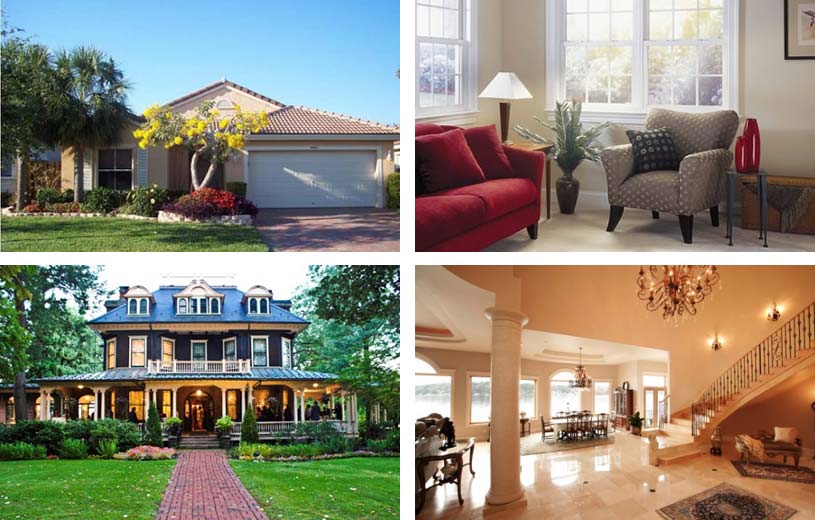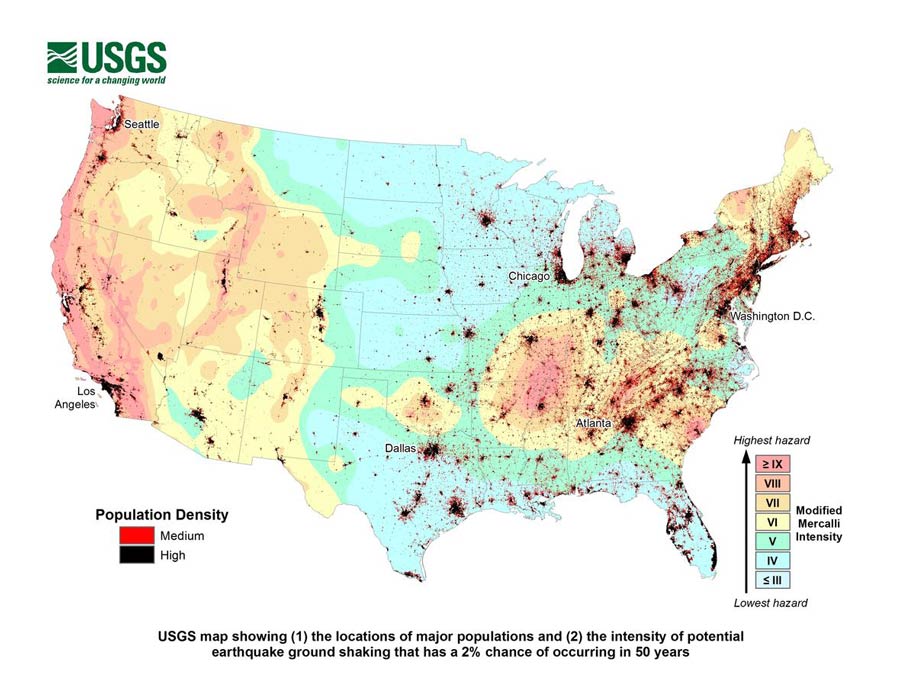My mom is an architecture enthusiast and one of her hobbies when I was growing up was designing homes. She would design a house that we would live in for a few years, and then we would move on to her next creation. With each new home, the creativity and complexity of the floor plans grew; we had more corners and more open space, and foundations began to take on shapes that I don’t recall learning in geometry class. To accommodate the longer spans that accompany the freedom of an “open-concept” design, structural elements transitioned from wood to engineered lumber and even steel.
A house that complex requires a multitude of clips, ties, and hold-downs, so much so that the architect of record for the last home my mom designed joked that he’d bring his family there should a Category 5 hurricane ever hit Boston. While all those clips, ties, and hold-downs would make the house resilient against formidable wind, no one seemed to be curious about its performance in an earthquake. That lack of inquiry may have been due to our location in the suburbs of Boston, which has a low frequency of earthquakes (the most recent large quake to impact Boston was in 1755), but they do occur here. Furthermore, complex high-value homes such as ours exist in other areas with a higher earthquake risk—e.g., the western United States.
What Is a High-Value Home?
Compared to standard-value homes, high-value homes are larger and more complex structures that are generally constructed better and with more expensive materials. As the shape of a high net-worth property becomes more complex, the construction cost increases due to additional structural needs. For example, to make a home with an open floor plan on an irregular foundation structurally sound requires different, more costly elements (such as the engineered lumber and steel I mentioned previously) than does the far simpler layout of interior and exterior walls in a home with a rectangular foundation. Additional design features, such as size, setbacks, and vertical irregularities, also elevate the value of a home due to engineering requirements. A comparison between the exterior and interior layouts and finishes of a standard-value home and a high-value home can be seen in Figure 1.

As you can see, high-value homes typically have more open floor plans with larger unsupported spans; more luxurious and intricate finishes are also frequently found in these houses. In the AIR Earthquake Model for the United States, high-value homes are those that are at least 3,000 square feet.
Larger Is Not Always Better
It is natural to believe that something that is more expensive is of higher quality and therefore more robust. This holds true in some cases, but not in all. Large high-value homes are typically custom-built using better materials and exhibit a high quality of construction, frequently with sophisticated engineering input. This makes them generally less vulnerable to hurricane winds than average-sized single-family homes. And they often incorporate secondary wind risk mitigation features and tend to be well-maintained, all of which adds to their wind resilience. However, resilience to wind does not equate to resilience to ground shaking.
It may seem counterintuitive that more expensive homes perform less well, but several engineering explanations support this observation. While those longer unsupported spans are somewhat “invisible” to a hurricane impacting the siding and roofing, they are easily exploited by intense shaking. Furthermore, the corners and irregularities of a complex footprint are very vulnerable to damaging stresses that can accumulate during an earthquake. This is all compounded by costlier finishes that are also more fragile, such as marble, stone, and tile—brittle materials that are very vulnerable to cracking.
Overall, these aspects make high-value homes more susceptible to damage during an earthquake than their standard-value and regularly shaped counterparts. High-value homes tend to be in and around many major cities across the country, including Los Angeles, San Francisco, and Seattle—cities that are also at risk of experiencing very strong ground shaking (MMI VIII or greater ) within the next 50 years (Figure 2).

So, don’t be lulled into a false sense of security by expensive homes with fancy finishes and high-quality materials; these homes may have high resilience to wind, but they could easily be impacted by the destructive power of earthquake ground shaking.



